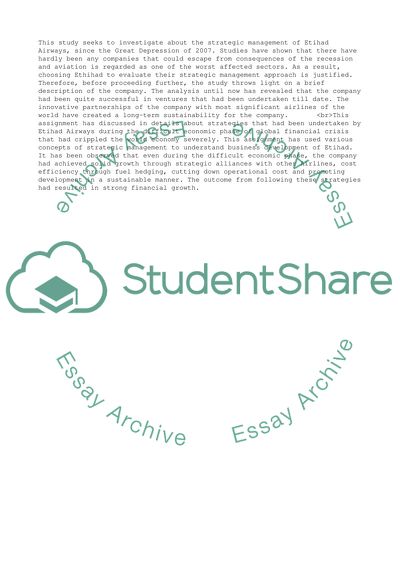Cite this document
(“International Strategic Management Assignment Example | Topics and Well Written Essays - 3000 words”, n.d.)
Retrieved from https://studentshare.org/management/1632678-international-strategic-management
Retrieved from https://studentshare.org/management/1632678-international-strategic-management
(International Strategic Management Assignment Example | Topics and Well Written Essays - 3000 Words)
https://studentshare.org/management/1632678-international-strategic-management.
https://studentshare.org/management/1632678-international-strategic-management.
“International Strategic Management Assignment Example | Topics and Well Written Essays - 3000 Words”, n.d. https://studentshare.org/management/1632678-international-strategic-management.


